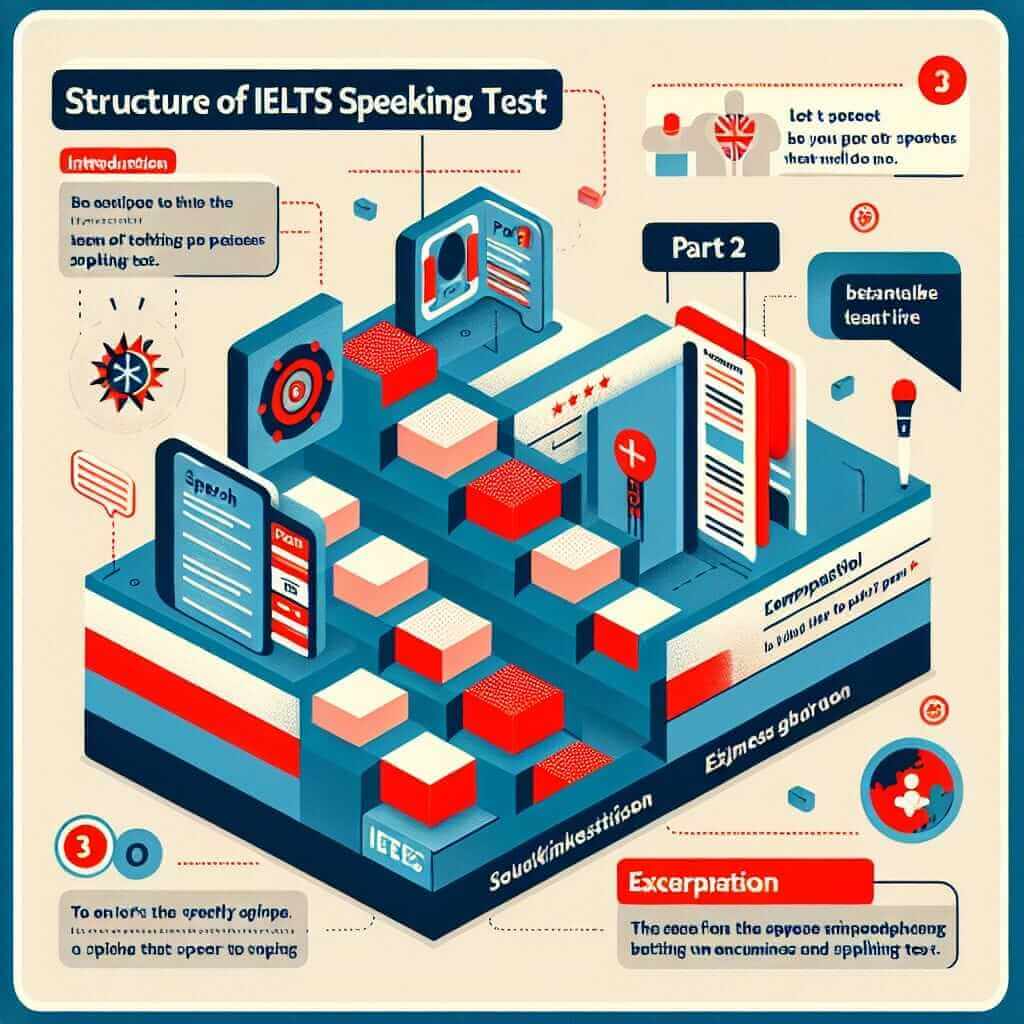The IELTS Speaking test can seem daunting, especially that first impression. But don’t worry! A strong introduction can set the tone for a confident and successful performance. As an IELTS instructor with over 20 years of experience, I’m here to share my insights and tips on how to introduce yourself effectively in the IELTS Speaking test.
Why is a Good Introduction Important?
Your introduction is your first opportunity to make a positive impression on the examiner. It helps to:
- Establish rapport: A warm and confident introduction helps build a connection with the examiner, putting both you and them at ease.
- Demonstrate fluency: A smooth introduction showcases your ability to speak naturally and confidently.
- Set the tone: A well-structured introduction sets the stage for a coherent and well-organized response.
Crafting the Perfect IELTS Speaking Introduction
Here’s a simple structure to follow:
1. Greeting and Identification
Start with a polite greeting and clearly state your name.
Example:
- Good morning/afternoon, my name is [Your Full Name].
2. Talk About Your Background
Briefly share some relevant information about yourself. This could include your hometown, occupation, hobbies, or studies.
Example:
- I’m from [Your Hometown], and I’m currently a [Your Occupation/Student].
3. Connect to the Topic
If possible, try to transition smoothly to the general topic of the first part of the speaking test. This shows you can think ahead and connect ideas.
Example:
- In my free time, I enjoy [Hobby related to the topic].
Let’s say the topic is about hobbies:
- In my free time, I’m an avid photographer.
Example Introduction
“Good afternoon, my name is Sarah Chen. I’m from a bustling city in China called Shanghai, and I’m currently studying Business Management. In my free time, I’m an avid photographer, which is why I’m particularly interested in today’s topic about hobbies.”

Tips to Enhance Your Introduction
- Practice makes perfect: Rehearse your introduction until it feels natural and confident, but don’t memorize it word-for-word.
- Keep it concise: Aim for 30-45 seconds for your introduction.
- Use appropriate tone and body language: Maintain eye contact, smile, and project your voice clearly.
- Be positive and enthusiastic: Show genuine interest in the test and the opportunity to speak English.
Common IELTS Speaking Introduction Mistakes to Avoid
- Overly rehearsed introductions: These sound robotic and lack natural flow.
- Irrelevant personal information: Focus on information that is appropriate for the context.
- Long-winded introductions: Get to the point and avoid rambling.
- Memorized answers: Examiners can easily spot memorized responses, which can lower your score.
Conclusion
Mastering the art of the IELTS Speaking introduction is achievable with practice and guidance. Remember to keep it concise, relevant, and engaging. By following these tips, you’ll be well on your way to making a stellar first impression and achieving your desired IELTS score. Good luck!